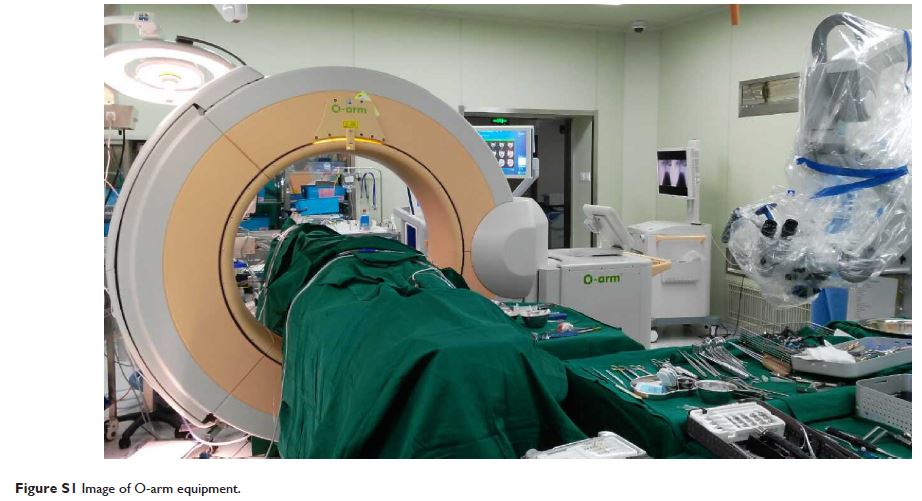9 9 6 5 3
论文已发表
注册即可获取德孚的最新动态
IF 收录期刊
- 3.3 Breast Cancer (Dove Med Press)
- 3.4 Clin Epidemiol
- 2.5 Cancer Manag Res
- 2.9 Infect Drug Resist
- 3.5 Clin Interv Aging
- 4.7 Drug Des Dev Ther
- 2.7 Int J Chronic Obstr
- 6.6 Int J Nanomed
- 2.5 Int J Women's Health
- 2.5 Neuropsych Dis Treat
- 2.7 OncoTargets Ther
- 2.0 Patient Prefer Adher
- 2.3 Ther Clin Risk Manag
- 2.5 J Pain Res
- 2.8 Diabet Metab Synd Ob
- 2.8 Psychol Res Behav Ma
- 3.0 Nat Sci Sleep
- 1.8 Pharmgenomics Pers Med
- 2.7 Risk Manag Healthc Policy
- 4.2 J Inflamm Res
- 2.1 Int J Gen Med
- 4.2 J Hepatocell Carcinoma
- 3.7 J Asthma Allergy
- 1.9 Clin Cosmet Investig Dermatol
- 2.7 J Multidiscip Healthc

对腰椎间盘脱垂肥胖患者施行微创椎间孔腰椎融合术与传统后腰椎椎体间融合术的结果比较
Authors Wang YP, An JL, Sun YP, Ding WY, Shen Y, Zhang W
Received 12 July 2016
Accepted for publication 28 October 2016
Published 19 January 2017 Volume 2017:13 Pages 87—94
DOI https://doi.org/10.2147/TCRM.S117063
Checked for plagiarism Yes
Review by Single-blind
Peer reviewers approved by Dr Amy Norman
Peer reviewer comments 2
Editor who approved publication: Professor Deyun Wang
Objective: The aim of this study was to compare the curative effect between
minimally invasive transforaminal lumbar interbody fusion (MIS-TLIF) and the
posterior lumbar interbody fusion (PLIF) in obese patients with lumbar disk
prolapse.
Patients and methods: In this study, 72 patients who underwent lumbar disk
prolapse therapy in the Third Hospital of Hebei Medical University between
March 2011 and 2015 were retrospectively analyzed and were divided into two groups,
MIS-TLIF group (n=35) and PLIF group (n=37), according to different surgical
procedures. Several clinical parameters were compared between these two groups.
Results: Compared with PLIF, MIS-TLIF was associated with
longer operative time, less blood loss, less postoperative drainage and shorter
postoperative time in bed; moreover, patients in the MIS-TLIF group had lower
levels of serum creatine kinase on 1, 3 and 5 postoperative days. At the 3- and
6-month follow-up, Visual Analog Scale (VAS) scores of low back pain of
patients in the MIS-TLIF group were significantly reduced and Japanese
Orthopaedic Association (JOA) scores were increased, whereas the Oswestry
Disability Index (ODI) showed no significant difference between the two groups.
Conclusion: Obese patients can achieve good efficacy with MIS-TLIF
or PLIF treatment, but MIS-TLIF surgery showed longer operative time, fewer
traumas and bleeding volume, less incidence of short-term pain, low
complication rate and faster postoperative recovery.
Keywords: lumbar degenerative diseases, obesity,
minimally invasive, spinal fusion, surgical complications
